The propaganda and coercion associated with the so-called covid vaccines caused many people to question their nature and purpose. This is in turn led to more general questions about the received wisdom of vaccination.
The public has been given to believe that the elimination of deadly diseases was due to the triumph of modern medicine but, “a comprehensive 1977 study by McKinlay and McKinlay, formerly required reading in almost all American medical schools, found that all medical interventions, including vaccines, surgeries, and antibiotics, contributed only about 1 percent of the decline and at most 3.5 percent.”
That vaccines were not responsible for the elimination of disease is evidenced by the fact that diseases for which there are no vaccines also diminished, “both in incidence and mortality due to better social conditions.” These diseases include scarlet fever, rheumatic fever, typhus, typhoid and cholera. Public health improved in line with better nutrition, sanitation, and food preparation.
Vaccines were implemented near low tide and were credited for the tide going out.
The process of vaccination has been subject to question and opposition since its inception.
Vaccination pioneer and freemason, Edward Jenner, presented the notion that exposure to cow-pox could prevent incidence of small-pox at a meeting of the Medico-Convivial Society in 1798.
Vaccination emerged from the process of variolation practised in Africa and Asia that was brought to Britain from Constantinople by Lady Mary Wortley Montagu in 1717. Variolation involved transferring material from a smallpox lesion to another person in order to provoke a mild sickness that was thought to prevent severe illness. Its downside was that it was estimated to kill 2 or 3 in a hundred subjects and spread disease.
The process fell out of favour but it regained popularity later in the century due to the efforts of James Kirkpatrick who came to London claiming success for it after an epidemic in Boston in 1738. In 1774 Benjamin Jesty rubbed material from the pock of an affected cow into scratches he made on his wife and sons with a darning needle. His sons then survived deliberate exposure to smallpox. Jenner followed up this practice by transferring matter from a dairymaid's cowpox lesions into the arms of 8 year old James Phipps who also survived subsequent smallpox exposure.
In contrast, in 1799, doctors in Stroud who tested Jenner's methods found that their test subjects later developed small pox. This was reported to Jenner who ignored their findings. In 1889 a Dr Creighton wrote of Jenner that he, “himself stands for the man who “peremptorily decides on the truth or falsehood of a theory, on the supposed authority of a few solitary instances.“
Jenner’s vaccination process involved the transfer of raw animal pus into a person and then from the pock of that inoculated person onwards into cuts in the arms of other people. “This was termed, “arm to arm,” vaccination. Another method of inoculation was to place numerous human pox scabs into a jar, fill it with water, and shake. The resultant pus was used as vaccine material for one town.”
Arm to arm vaccination was eventually discontinued in 1898 but in 1952, after the eradication of small-pox, Dr. Beddow Bayly described how the vaccine lymph was still derived, “either from a smallpox corpse, the ulcerated udder of a cow, or the running sores of a sick horse’s heels, the choice depending upon the country of its origin and the firm which manufactures it…Years ago, the Lancet declared that no practitioner knows whether the lymph he employs is derived from smallpox, rabbit-pox, ass-pox, or mule-pox.” Modern small-pox vaccines contain a, “human/animal hybrid agent that never existed in nature.”
The Cow Pock or The Wonderful effects of the New Inoculation, James Gillray 1802
No comparative study of vaccinated subjects and unvaccinated subjects was ever done. The claims of protective efficacy for the procedure varied from a lifetime to short-term, giving rise to revaccination as often as every year.
Etching by Charles Williams, 1802
Adverse effects from vaccination were observed from the beginning. Despite financial and social pressure to engage with the procedure some medics still found its consequences to be so alarming that they spoke out publicly, observing variously that it was ineffective, that the vaccinated suffered reactions or later fell victim to more severe illness, and that subsequent epidemics of disease were worse after mass vaccination.
In London in 1799 a doctor inoculating with cow-pox found that, “In three or four cases out of 500, the patient has been in considerable danger, and one child actually died.”
Medical journals detailed how smallpox could affect those who had previously had smallpox and that those who were vaccinated could still be afflicted.
Pamphleteer and farmer William Cobbett noted that the British government had provided Jenner £20,000 for the unproven and unfounded practice, writing in 1829 that,
“A letter to a newspaper in 1850 claimed there were more admissions to the London SmallPox Hospital in 1844 than during the smallpox epidemic of 1781 before vaccination,” and that a third of the deaths were among the vaccinated. In 1874 one doctor described a general reluctance to criticise vaccination, admitting that when faced with writing the certificate for a death caused by a vaccination (that he had not personally administered) he nevertheless, “omitted all mention of it.”
In 1898 a Dr. Wilder, “noted that during the 1871–1872 pandemic, the vaccinated often contracted severe smallpox more rapidly than the nonvaccinated.”
Compulsory vaccination laws were passed in the UK in 1840 and 1853, with the latter enforcing vaccination within 3 months of a child's birth. In 1867 a further law compelled vaccination of all children under the age of 14. Non-compliant parents faced fines or imprisonment. These laws were necessary because of resistance from a public that recognised that the procedure carried the risk of injury, illness, or death. In 1872 a smallpox epidemic demonstrated the inefficacy of vaccination - it occured despite 95% of births in London being vaccinated. A letter to the Leicester Mercury said of vaccination that, “eighty years’ experience has demonstrated a disastrous and humiliating failure ….(and that) vaccination (was), “like other once popular prescriptions of inoculation, bleeding and mecurization, a serious and mischievous blunder.”
In Leicester public feeling ran particularly strong. In 1885, the number of related court summons increased from 7 per year to 45 per week as 5,000 people refused vaccination. In the spring of that year a demonstration in Leicester of up to 100,000 people drew support from all over Britain, Europe and America. Led by the city’s mayor it featured an effigy of Jenner the “child-slayer,” hung from a gallows which, “was followed by a complete funeral cortège, consisting of a coffin on open bier, mourners, etc., and inscribed “another victim of vaccination.” A wagon bearing unvaccinated children was labelled, “They that are whole need not a physician.”
A Belgian banner written in French stated, “Neither fines nor imprisonment will prevent vaccine being a poison nor the vaccination laws an infamy.”
A cartoon from a December 1892 anti-vaccination publication
Addressing the peaceful, festive crowd the mayor said that,
Photo of a protest by the Anti-Vaccination League of Canada outside of Old City Hall on November 13, 1919.
A 1919 Newspaper advert from Nebraska
For eighty years the city of Leicester refused vaccination preferring instead a practice of quarantining and disinfecting the homes of those suffering from small pox. There were repeated warnings of impending doom that echoed Sir Duminie Corrigan, M.D. (who) when acting as one of the committee in 1871, on the Vaccination Act, said: “An unvaccinated child is like a bag of gunpowder which might blow up the whole school, and ought not, therefore to be admitted to a school unless he is vaccinated.”
In subsequent smallpox epidemics Leicester fared better than other vaccinated English towns and cities. In an outbreak of 1893, “the well-vaccinated district of Mold in Flintshire, England, had a death rate about 32 times higher than Leicester.” By 1948 when compulsory vaccination was abandoned, it was clear not only that the Leicester experiment had been a success but that its results were reflected nationwide as declining vaccination rates accompanied declining rates of disease and mortality.
A book published in 1900
The resistance to compulsory vaccination was widespread and passionate. People faced fines, imprisonment and hard labour. In one striking example from New Jersey, 350 women working for the American Tobacco Company were locked in their factory and fought police and doctors before being forcibly injected.
Polio
Since the Second World War, polio has been given prominence in the popular perception of vaccines. Images of braced legs and iron lungs were seared into the public consciousness, but given that other more common diseases were declining in incidence why were fears of polio so amplified? The perceived success of the polio vaccine was largely due to a broad categorisation of paralytic diseases prior to its introduction, that was narrowed afterwards. Prior to the vaccine any short-term paralysis was considered polio, but after the introduction of the Salk vaccine in 1955, only paralysis that persisted for 60 days was considered.
Many cases of supposed polio paralysis are now thought to have been caused by environmental factors such as the use of DDT. There is an astonishing correlation of incidences of polio in the US with the production of pesticides. Diet and use of poisons such as arsenic are also considered to be factors. Fear and awareness of the disease subsided as treatments for paralysis improved. Limbs immobilised by splinting and casting were no longer subjected to brutal, disabling surgeries but to the coaxing of physical therapies.
Nowadays polio is largely caused by vaccination programmes such as that of the Gates Foundation in India which, “paralyzed 490,000 children between 2000 and 2017.” “In 2005, Oxford’s Clinical Infectious Diseases Periodical contended that polio outbreaks in China, Egypt, Haiti, and Madagascar were also caused by the Oral Polio Vaccine, declaring that, “the "time is coming when the only cause of polio is likely to be the vaccine used to prevent it.””
Measles
Although it is now sometimes presented in the media as a fearsome disease necessitating vaccination, in living memory an episode of measles was treated as a rite of passage. Previous generations held parties to expose healthy children to those with the condition. Measles is now attributed to vitamin A deficiency with vitamins C and D also found to be beneficial for its treatment.
Hepatitis B
In 1991 the US vaccine program was expanded to include Hepatitis B, a disease supposedly transmitted through blood or sexual contact that is associated with intravenous drug use. It was made mandatory to vaccinate, “all new borns against a disease of drug addicts that almost none of them will have.” (P.136)
Advertisement in the New York Herald, May 5th 1921
Safety
The 1986 Vaccine Act in the US indemnified vaccine manufacturers against any harms caused by their products. By 2016 there were 70 doses of 16 vaccines on the US childhood schedule (P.162). These have never been tested in randomised double blind control studies against an inert placebo, meaning there is no scientific basis for asserting their efficacy or safety. Instead of being tested against inert placebos, vaccines are routinely tested against other vaccines (P.69). In addition, test subjects are studied for adverse effects for only 14 days, only predetermined specific reactions are considered relevant, and the lead investigator decides if a reaction is vaccine related (P.35). These studies are funded and conducted by vaccine manufacturers. Vaccines are not tested for reactions against each other or for the effects of multiple vaccines received together.
Vaccine ingredients include known neurotoxins including aluminium, mercury, and formaldehyde, as well as carcinogens, allergens and other contaminants including foreign animal and human cell matter. Vaccines include, “detergents (polysorbate 80), and residues of culture media (yeast, gelatin, bovine extract, monkey kidney cells, etc. The safety of these residues has not been investigated, but some studies suggest that even trace amounts of them may not be safe.” (P.58)
Antivaccination poster by Alexander Milton Ross in Montreal, 1885.
Dr Richard Moskowitz notes that vaccines by-pass the normal filtration processes of the body and that their contents cross the blood-brain barrier to deleterious effect.
Dr. Paul Thomas presents various studies that show many times more chronic health conditions in the vaccinated. In 2020 his own published peer-reviewed report of data from his own practice was unconventionally retracted without right to reply (41:40) and his license to practise medicine was “yanked.” In the published scientific data, asthma, eczema, sinusitis, conjunctivitis, breathing problems, behavioural problems, developmental delays and disabilities have all been found to affect the vaccinated many times more than the unvaccinated.
In fact, Thomas reports that the unvaccinated were found to demonstrate no incidences of ADHD, autism, digestive issues, eczema, asthma, diabetes, heart disease or arthritis. These studies are dismissed by a medical orthodoxy influenced and funded by vested interests but it has long been observed that incidences of autism among the largely unvaccinated Amish are vanishingly small(P102). Only 0.26% of Americans have never had a single vaccine.
Moskowitz observes, “that nations requiring the most vaccine doses in the first year show the highest infant mortality rates, and that those requiring the fewest doses, mainly the Scandinavian countries and Japan, are the healthiest in that fundamental sense.” (P.101)
Thomas reports that a leaked GlaxoSmithKlein study revealed, “97% of Sudden Infant Deaths occur within 10 days of a vaccine.”
Moskowitz emphasises that the process of vaccination itself appears to be inherently harmful and to provoke such disease as to which the subject has a predisposition. He calls “attention to what appears to be a nonspecific effect of all vaccinations on the overall health of their recipients, namely, their tendency to add to or amplify whatever risks or predispositions to chronic disease are already present, even if the recipients don’t become overtly ill at the time, but only predisposed to react more and more forcibly in the future, whether to subsequent vaccinations, or when exposed to drugs, chemicals, and allergens that they have become sensitized to as a result.” (P.51)
Charles Richet found in 1901, that when exposing dogs to toxins that the dogs did not develop immunity. Although the dogs would tolerate the first injection, “when given subsequent injections three weeks later, they always developed fatal shock, regardless of the dose of the toxin they were given. Thus, they discovered that the first dose, instead of inducing tolerance (prophylaxis) as they had expected, caused further doses to be deadly.”
As long ago as 1967 a five-year investigation published by Dr Del Campo into numerous physiologic responses to different vaccinations, “concluded that vaccination is a trauma of considerable intensity.”
Richard Moskowitz concludes from a study comparing the vaccinated and unvaccinated in New Zealand (P103):
“1. that vaccines adversely affect the general health of populations receiving them;
2. that they do so in more or less direct proportion to the total number of vaccines given; and
3. that most of the harm they cause is therefore inherent in the nature of the vaccination process, and not merely the specific effect of this or that particular vaccination."
Thank you for reading and many thanks to my subscribers.
You can help me to write more frequently by1. Subscribing monthly here on substack
2. Making a one-off contribution via BuyMeaCoffee
3. Contributing in either way via bank transfer to Santander, account number 00758982, sort code 09-01-36, account name F X ONeill (please use your email address as a reference if you’d like me to acknowledge receipt).
Your support enables me to write these articles and is very much appreciated. Thank you.



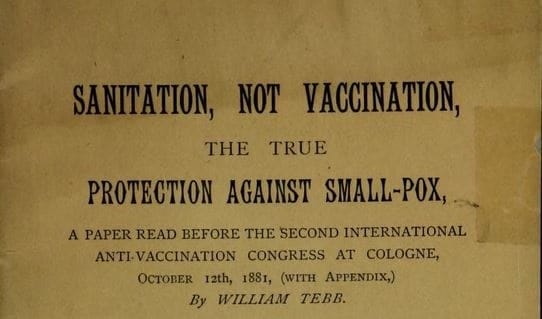
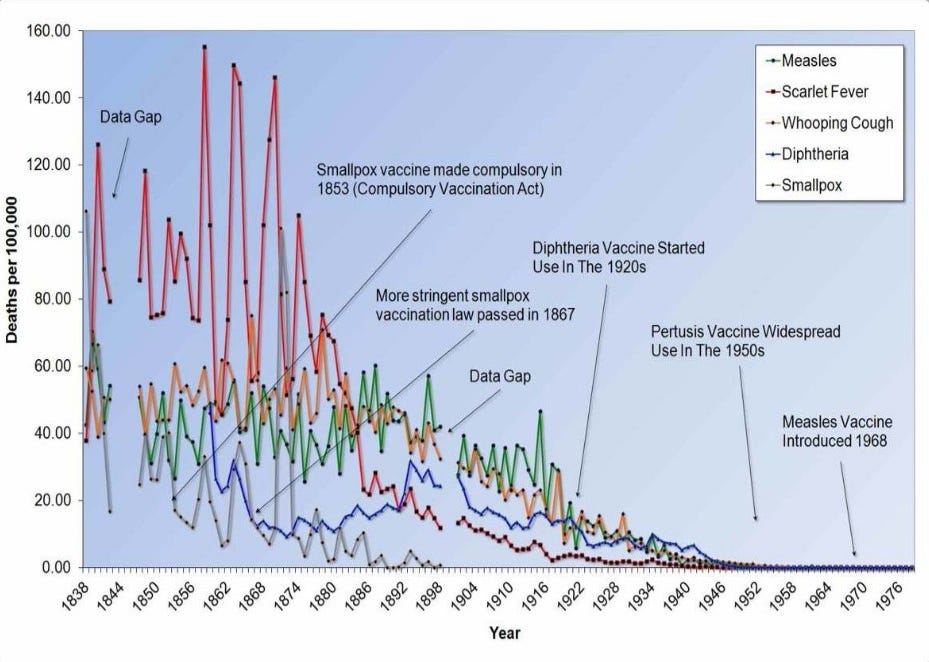
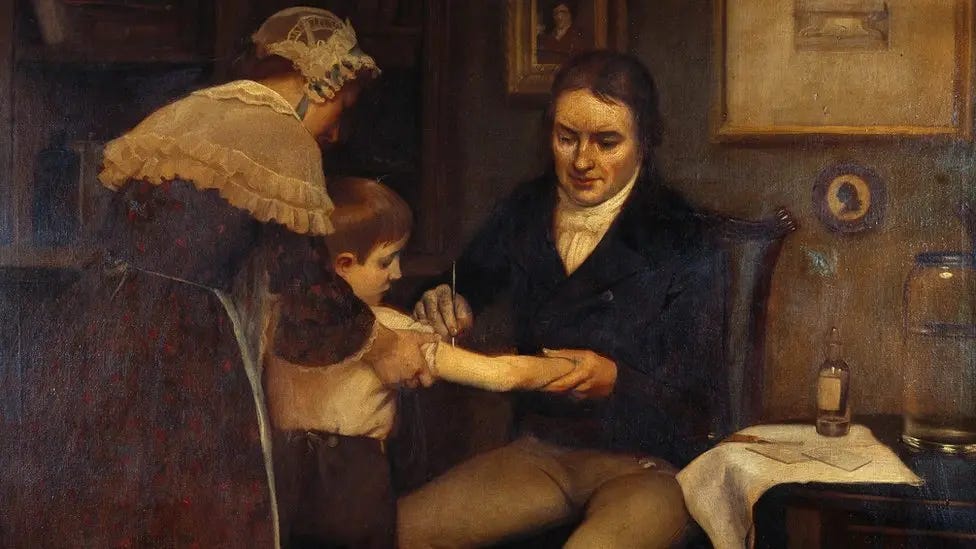
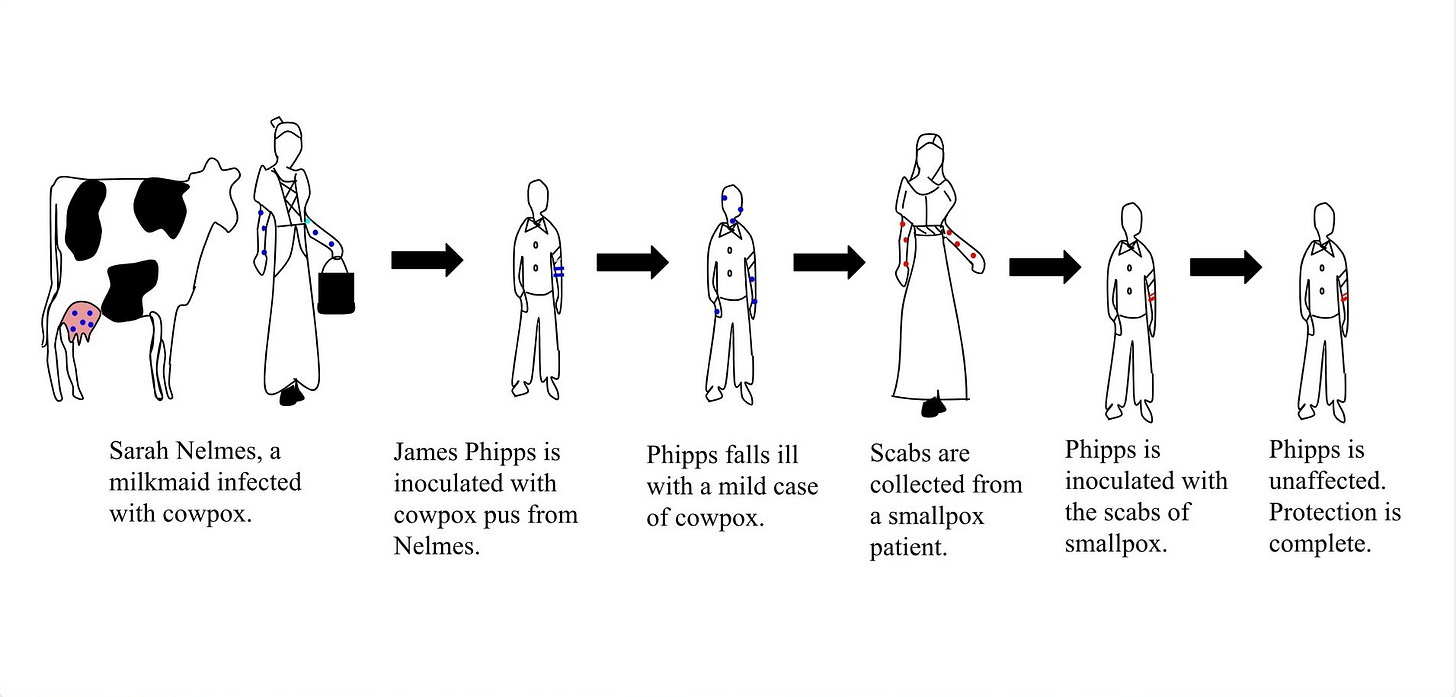
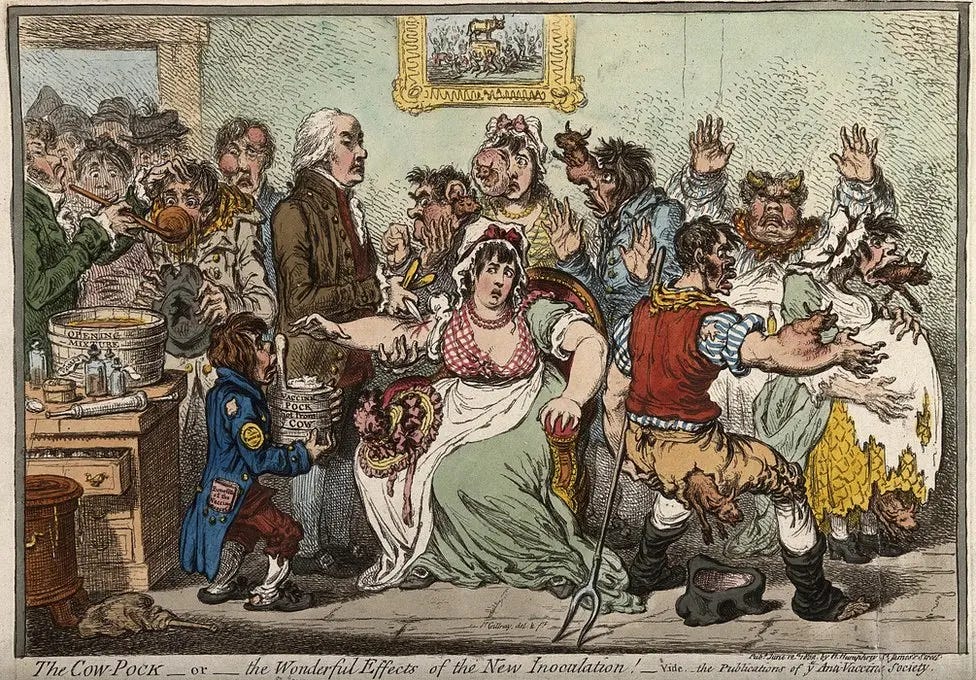
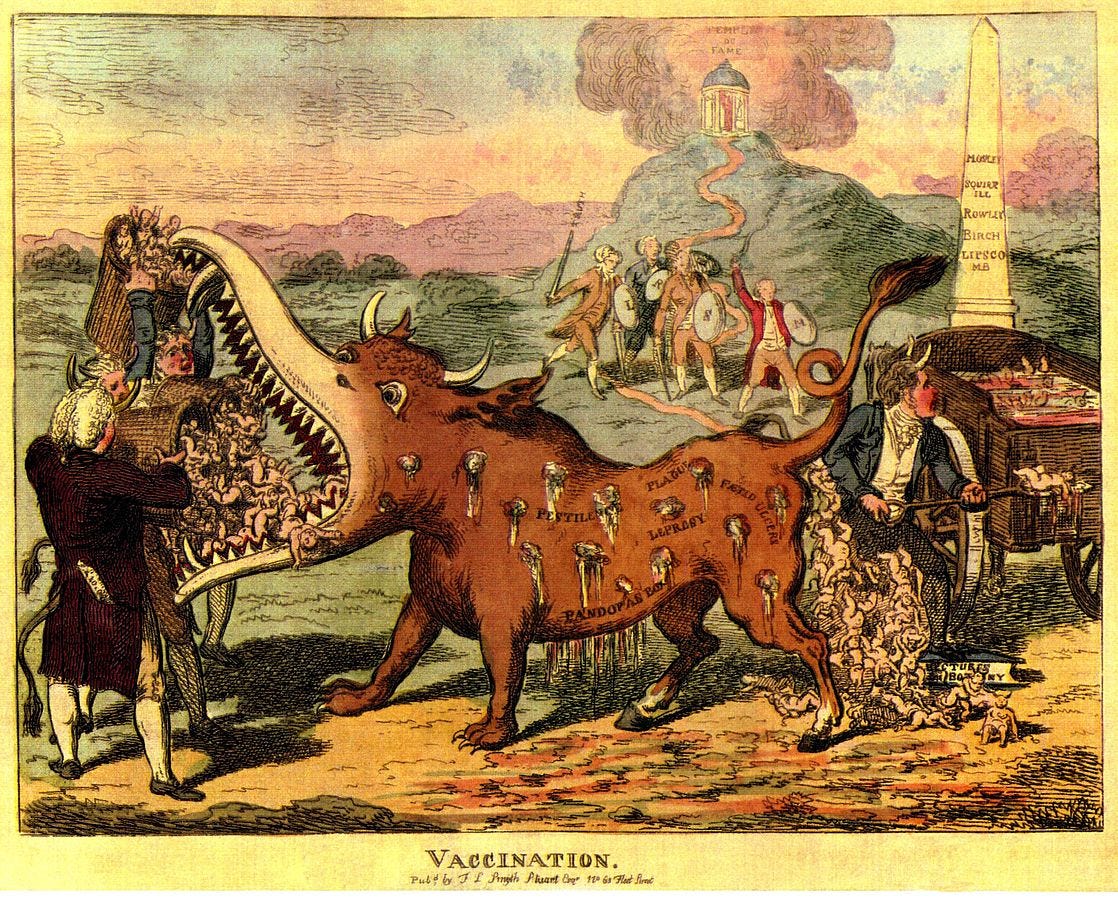
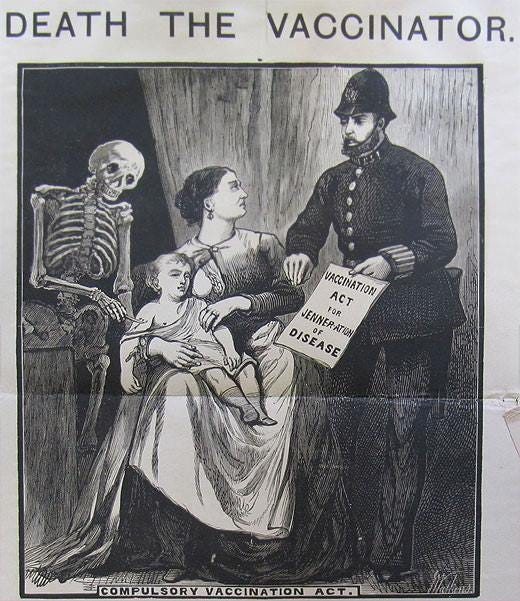
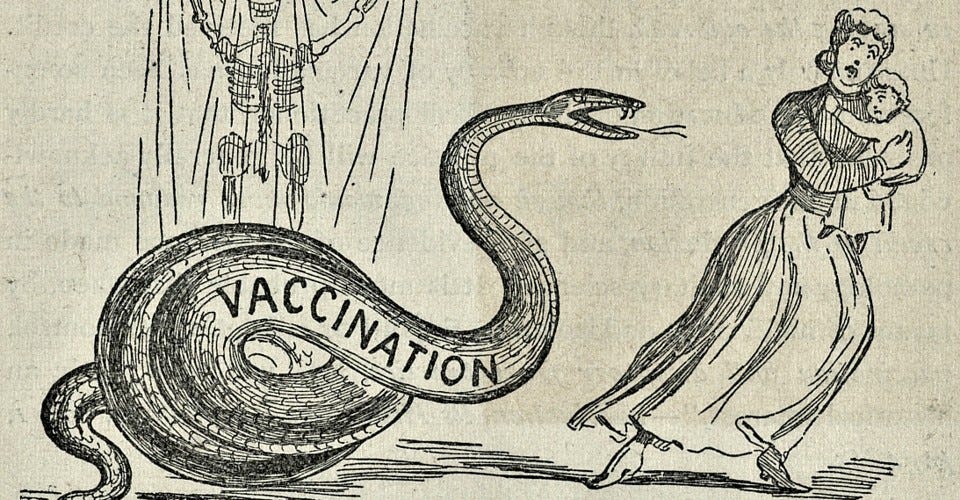
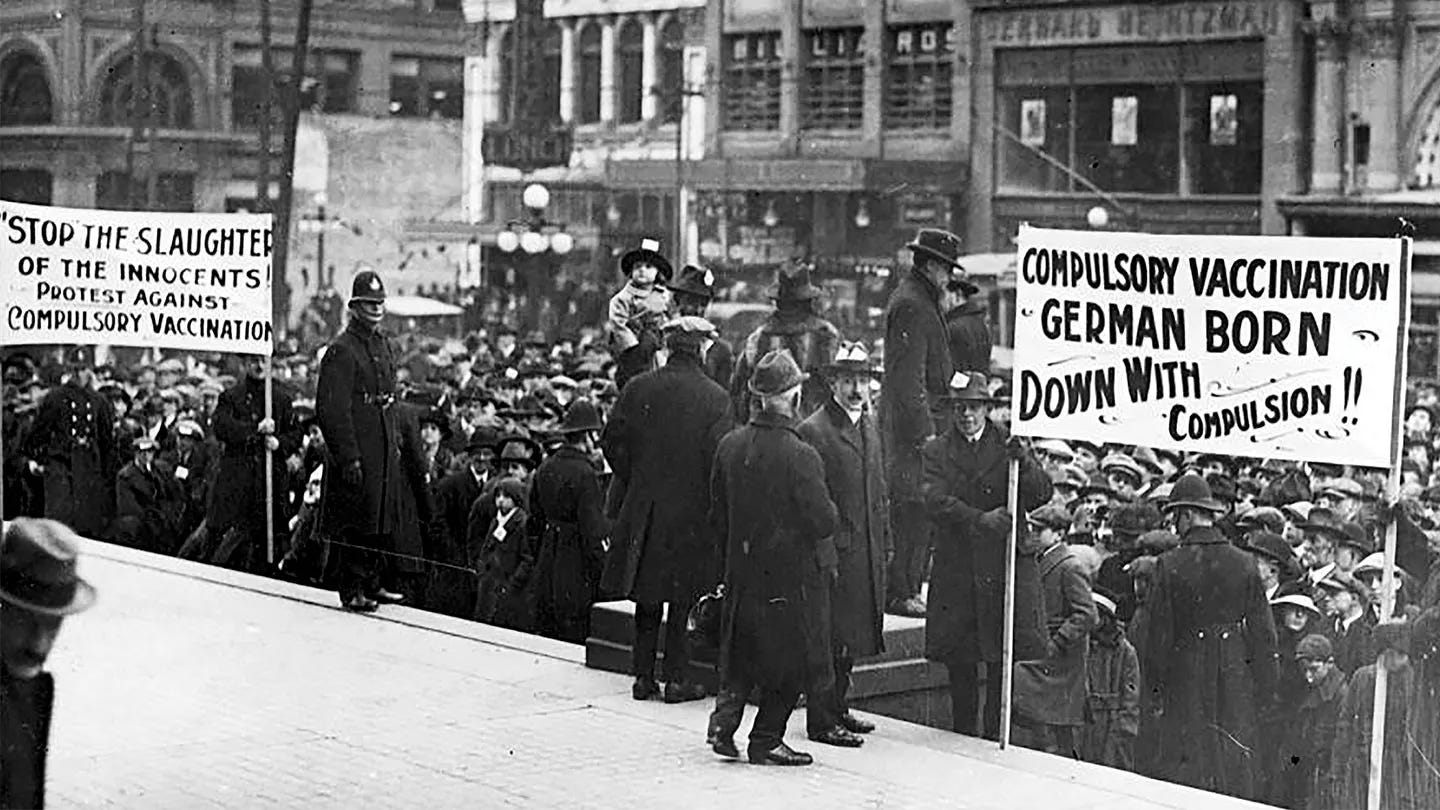

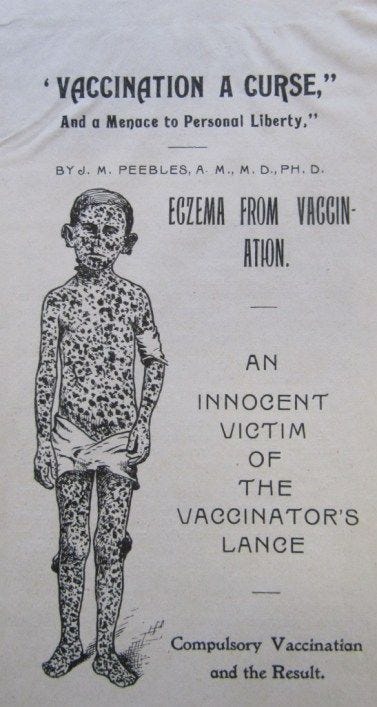
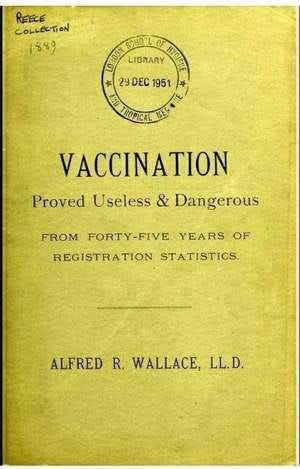

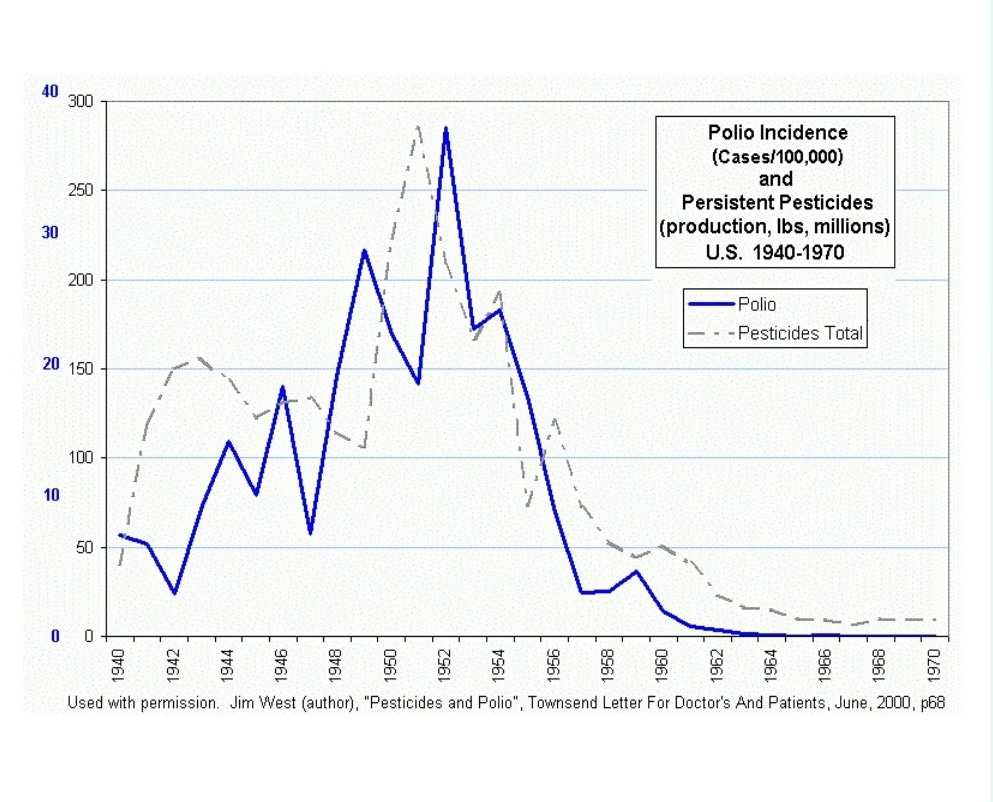

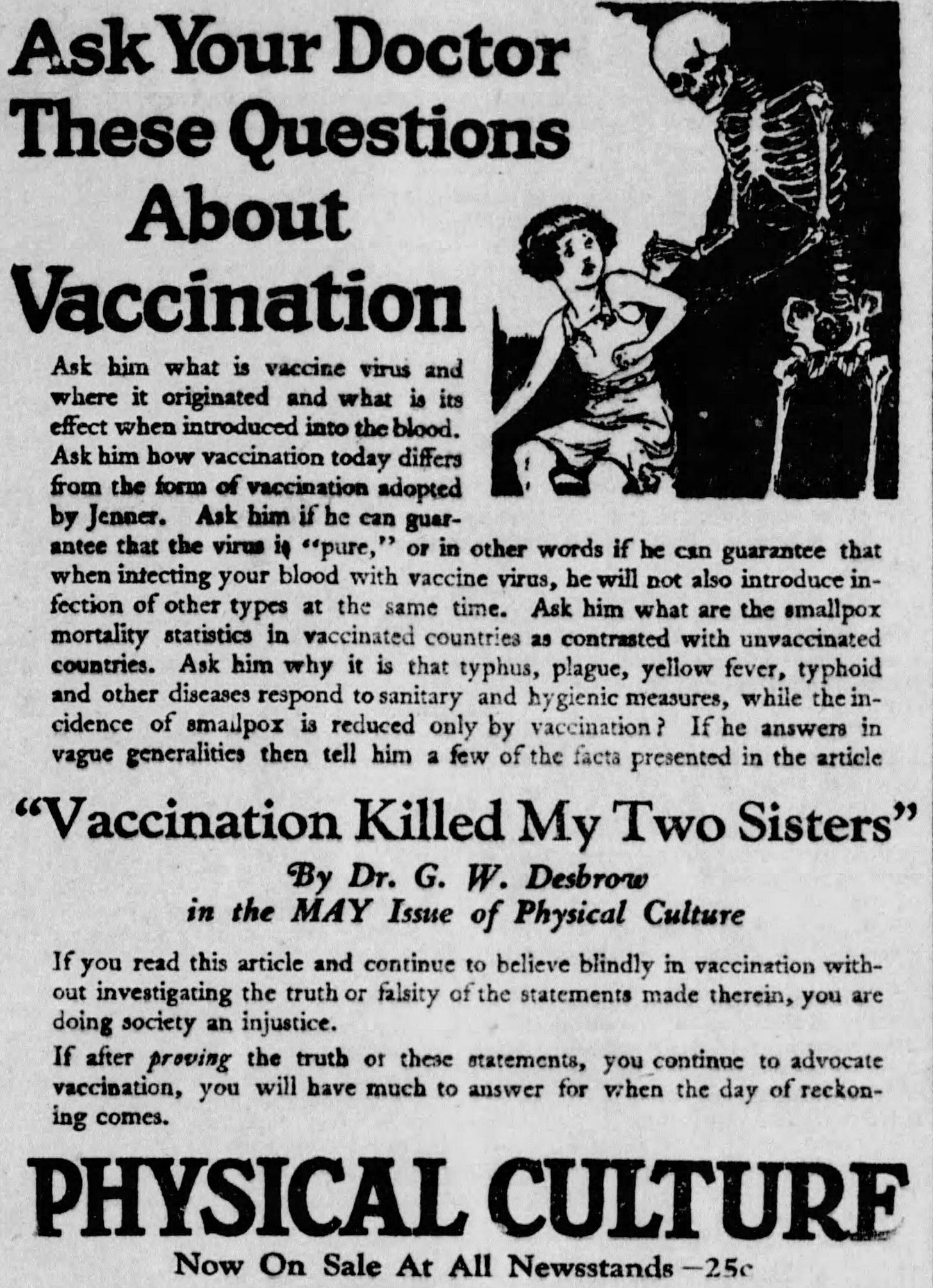

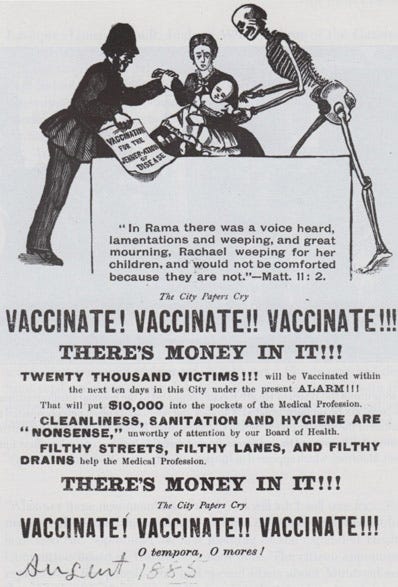
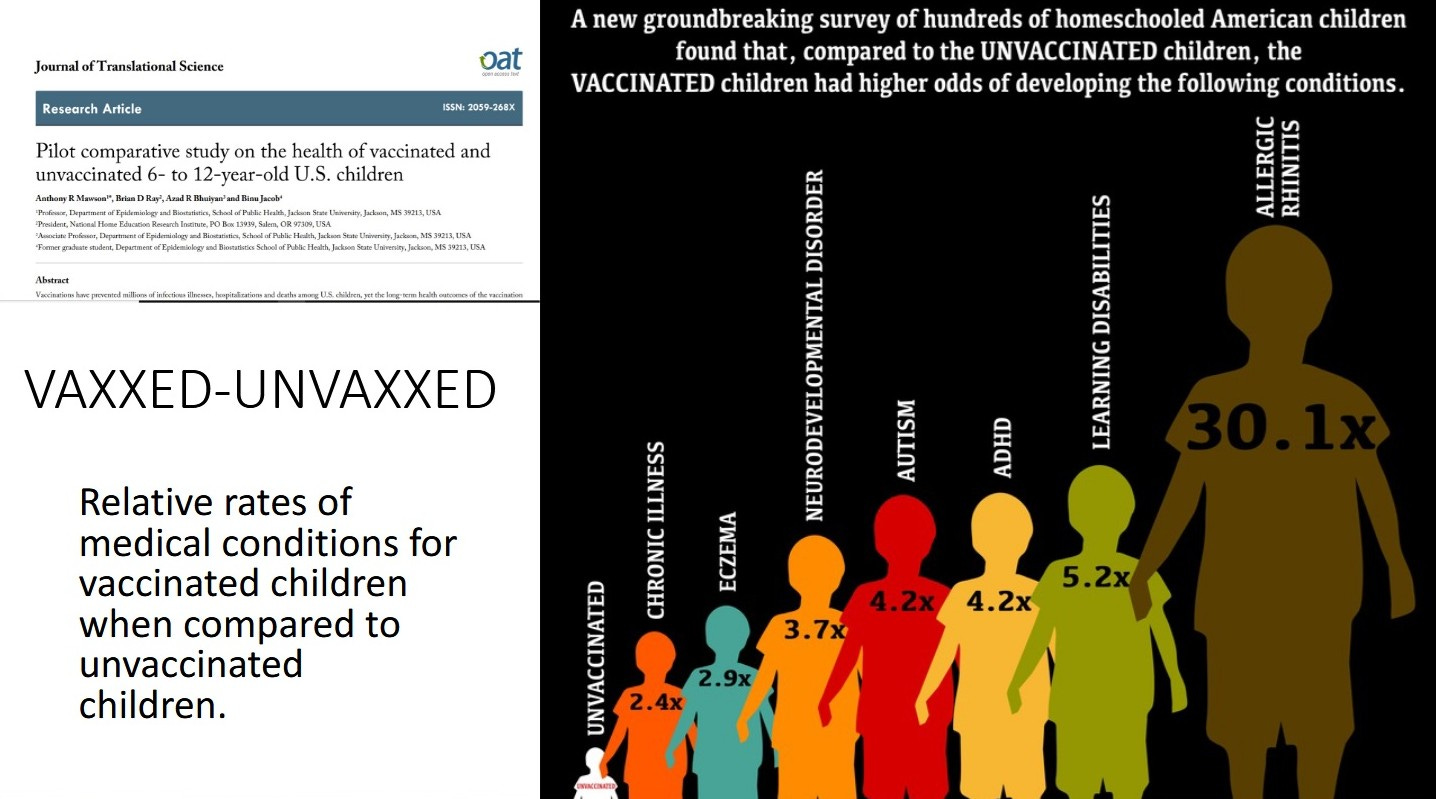
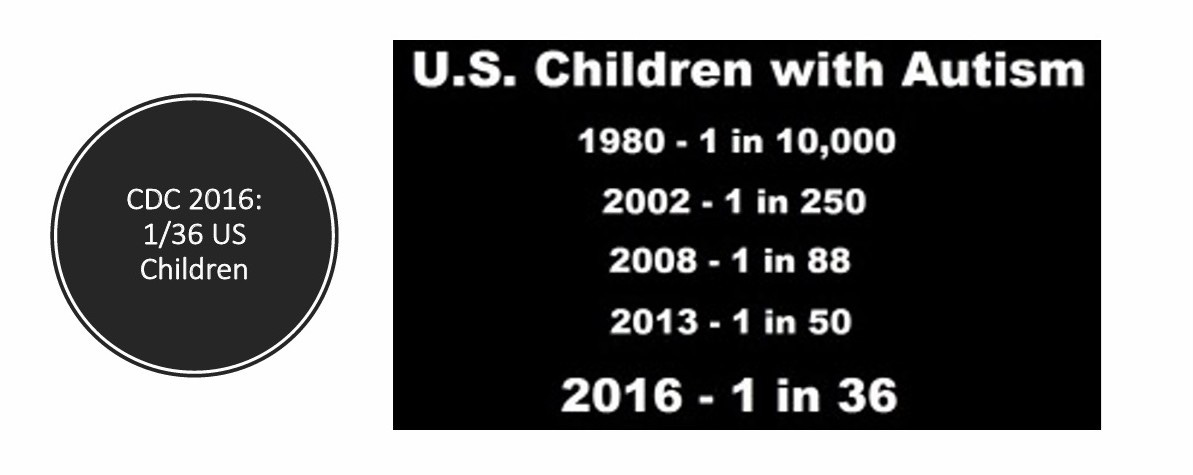
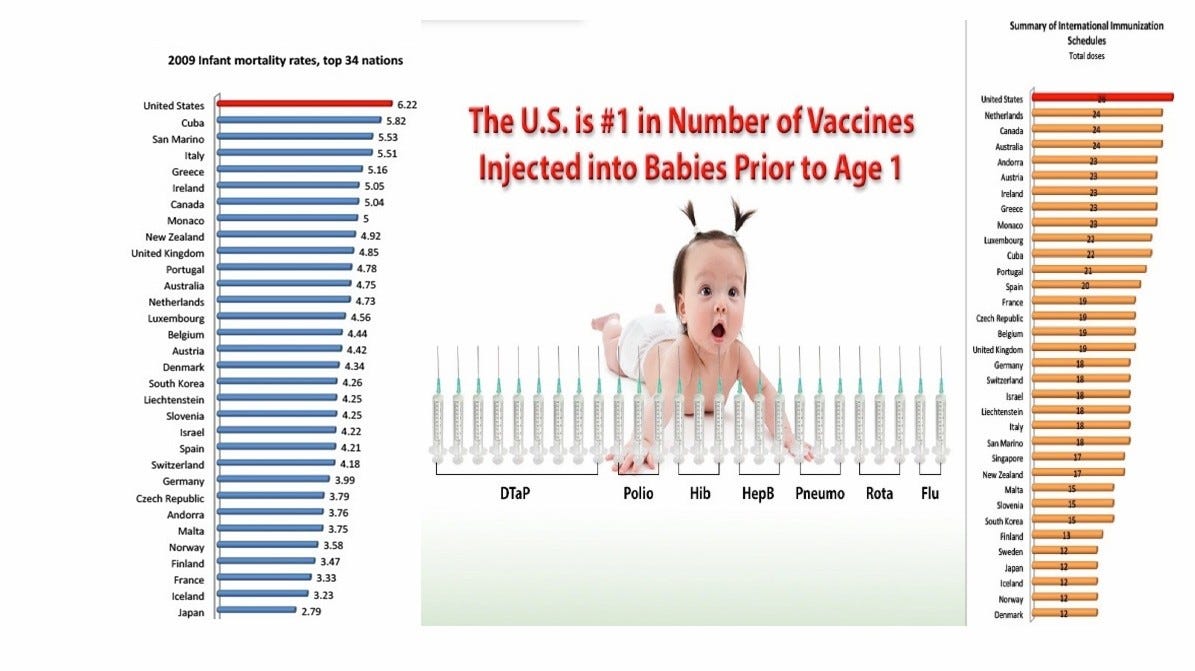
An excellent and comprehensive piece. 👌
Thank you for an instructive analysis. Perhaps we all owe doctors and their pharmaceutical corporation allies a debt of gratitude because they have demonstrated, albeit inadvertently, how to achieve a superior level of health: just do the opposite of whatever they recommend. Instead of "follow the science," the gold standard could become "follow the example of the Amish."